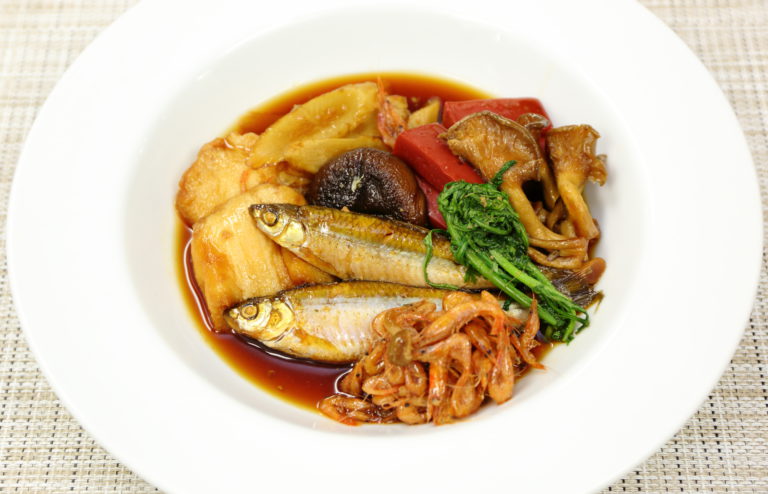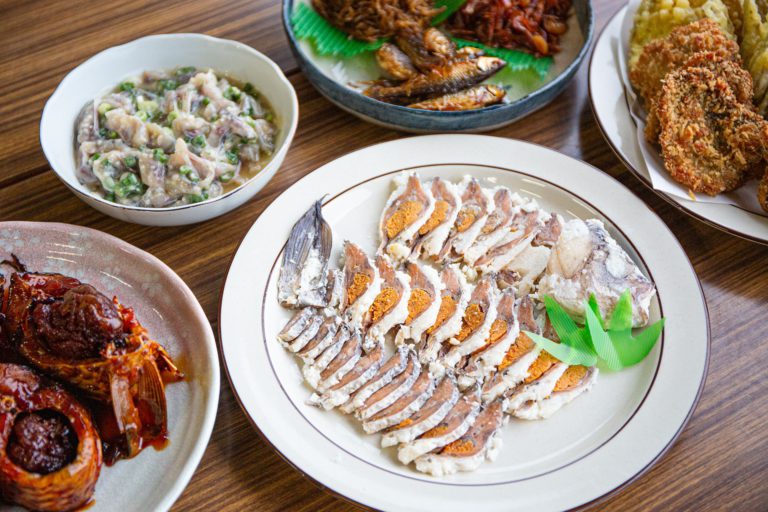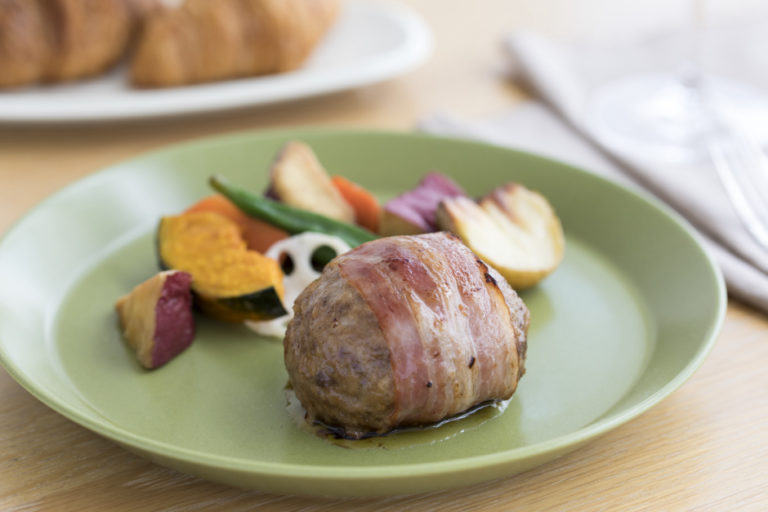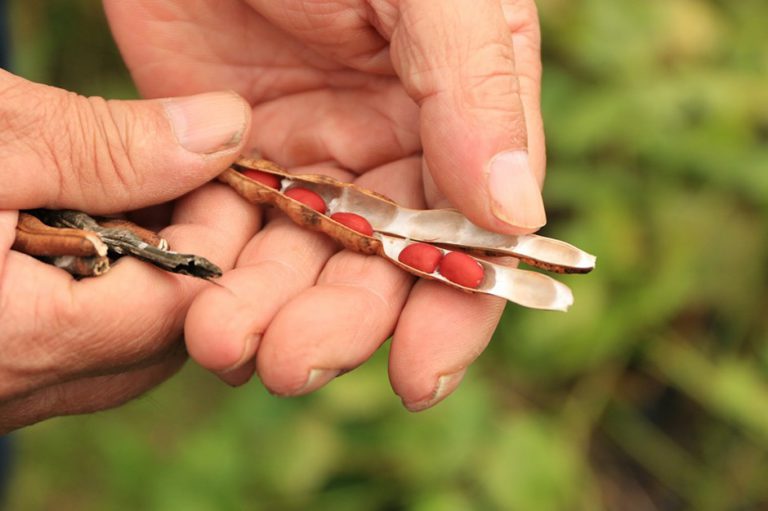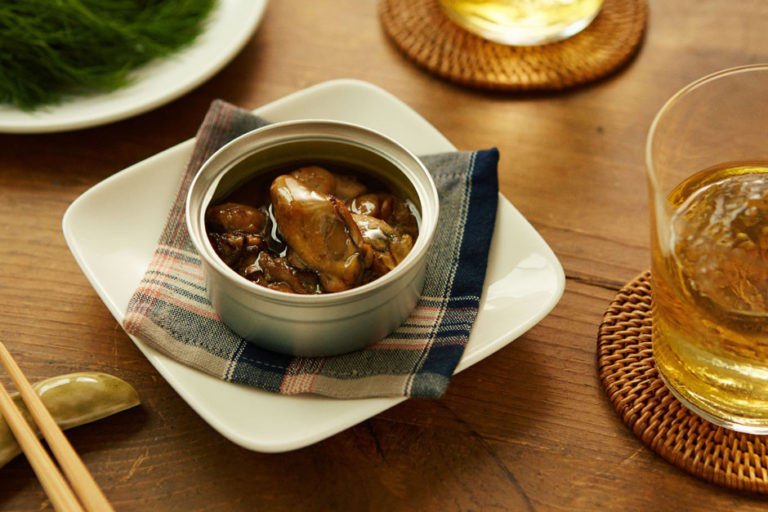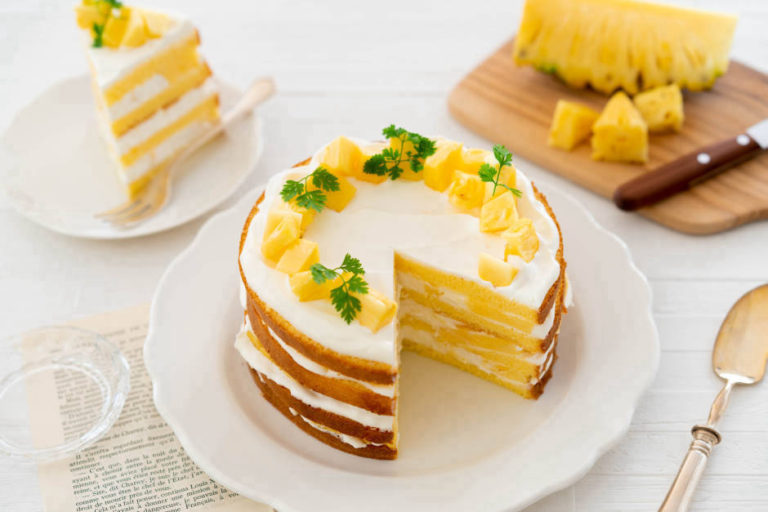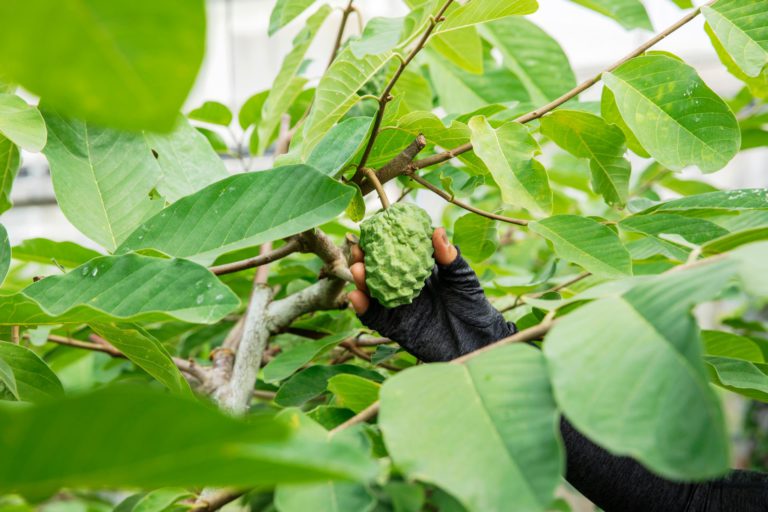The Omi Merchants and the Philosophy of “Three-Way Satisfaction”: Yoshio Fermented Foods’ Initiative to Preserve the Blessings of Lake Biwa in a New Form
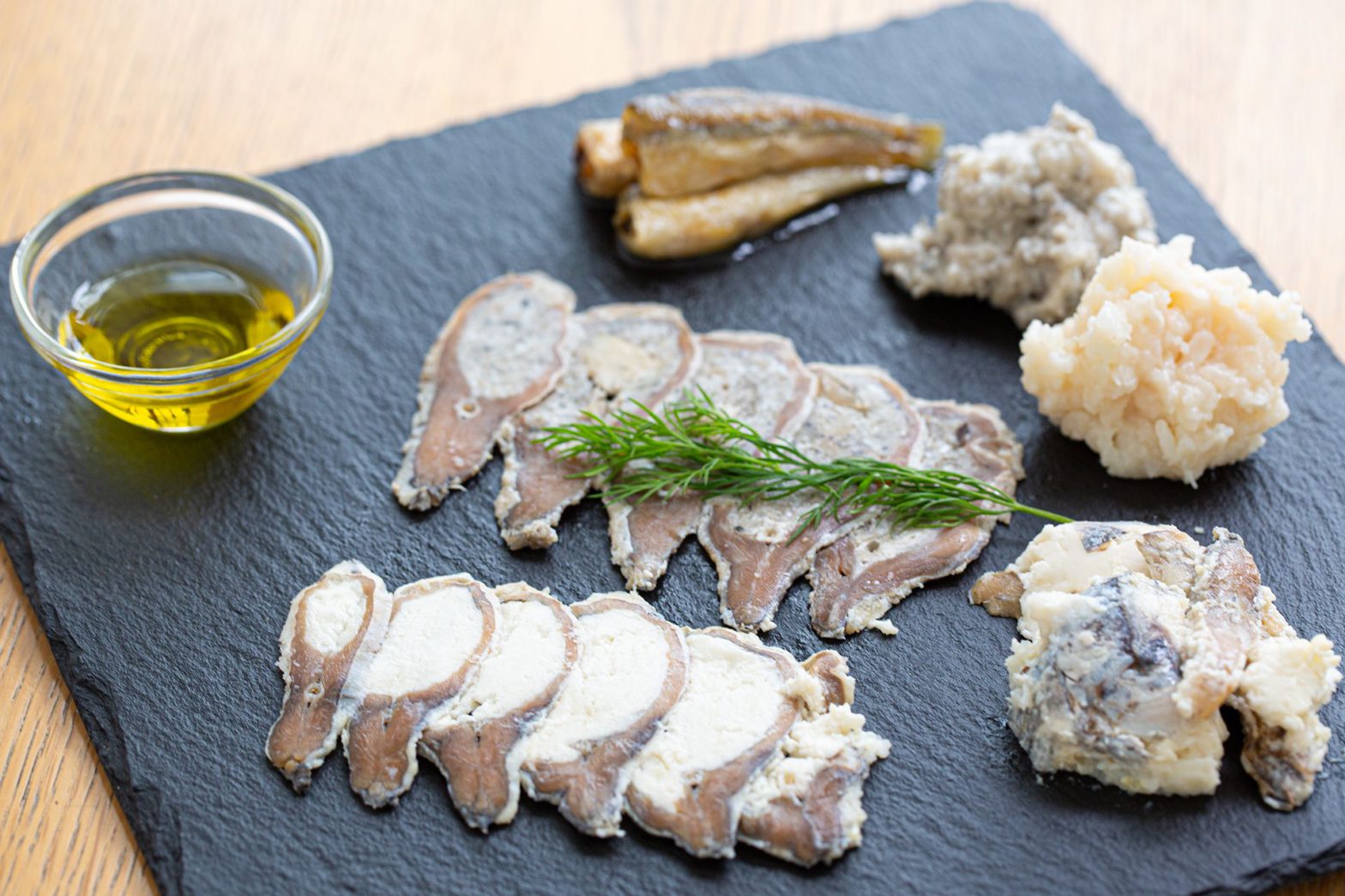
Starting with the Desire to Avoid Wasting Fish
In Lake Biwa, freshwater fish are an indispensable part of the Shiga Prefecture cuisine. Even today, this lake is said to be inhabited by around 80 species of fish and shellfish, 14 of which are endemic. Fishermen go out there fishing every morning. Tatsuo Okumura, the father of Yoshio and founder of Okumura Tsukudani, used to be a fisherman on Okishima Island. Having spent the first 15 years of his life, Yoshio always felt it painful to see unsold lake fish get thrown away.

Yoshio tells us, “Fish are discarded due to their size, low value, or recognition, despite the fact they are delicious. But the fishermen bear the same costs, no matter whether the caught fish get sold or not. I initially established Yoshio Fermented Foods out of the desire to avoid wasting fish. However, with time, I began to think that I might be able to help the fisherman and society as well.”
New Locally Produced Cheese Meets Funazushi, a Dish with about 1,400 Years of History
Nigoro crucian carp is one of the main fish that gets thrown away. Funazushi, a famous traditional form of fermented sushi, is made from roe-laden female carp, which is the fish in demand. Male carp tastes just as good, but it unavoidably tends to be caught in surplus amounts. To raise its value and make it into an even more expensive fish than its female counterpart, Yoshio came up with the idea of combining it with cheese.
“I thought, ‘What if I stuffed the empty bellies of male fish with cheese and left it to ferment?’ It was an unprecedented idea, but I decided to give it a try.”
He joined forces with Ms. Tsuyako Kokabu from Lactosérum. For the cheese in his modern take on funazushi, he chose Tsuyako’s specialty, Tsuyako Fromage, for its characteristic fresh and tangy flavor and mild texture.
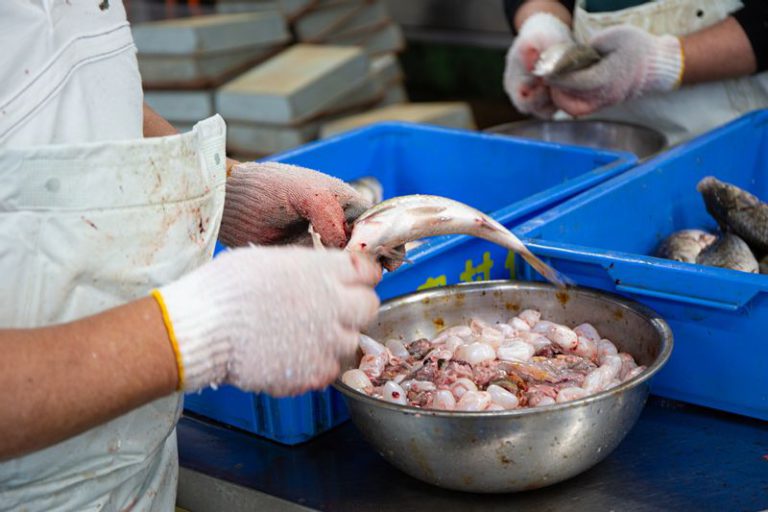
Making funazushi takes about a year, and the dish that combines “funazushi and Tsuyako Fromage” is no different. The gutted fish are first cured with salt. After around three months, each fish is thoroughly rinsed, stuffed with cheese, and layered in a wooden tub with cooked rice to age and ferment once again.

Knowing that it may not lead to direct sales right away, Yoshio has utilized crowdfunding and his shops in order to slowly but steadily promote his innovative take on funazushi and the passion that went into developing it. Just like its traditional version, which becomes more delicious as it ferments over time, the value of the combination of “funazushi and Tsuyako Fromage” has gradually gained recognition. The characteristic salty and umami-rich flavor of funazushi goes really well with the soft and mild cheese.
Yoshio says, “I was nervous before tasting it for the first time. The flavor resembles the taste of anchovies, so it pairs well with wine. It can be served with a splash of olive oil or some honey. If used as a topping for tea over rice, it will transform this simple dish into a lovely risotto.”
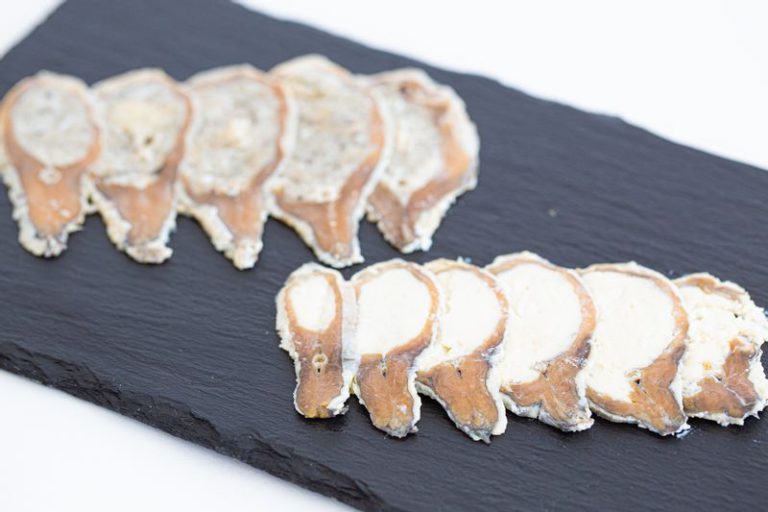
Developing Products to Offer Something More than Just Delicious Taste
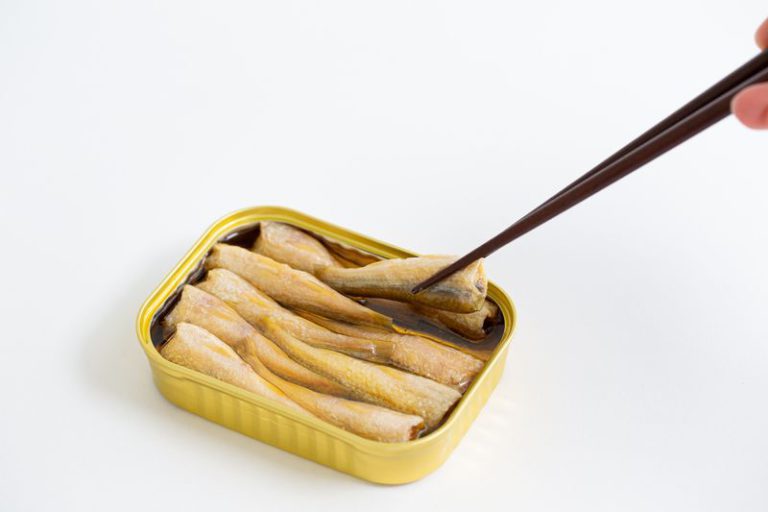
In 2022, which followed after “funazushi and Tsuyako Fromage,” Yoshio released a canned honmoroko (willow gudgeon) in curry-flavored oil called “24 Hour Party Fish Gift for Okishima, HONMOROKO in COTTONSEED OIL.” This product, which used nonstandard fish from Lake Biwa, was developed in collaboration with the canned sardines company Takenaka Kanzume in Amanohashidate. The concept behind it was to make something that could be eaten while looking over Lake Biwa. Having drawn the attention of outdoor enthusiasts, it became so popular that it was temporarily out of stock.
When developing a new product, Yoshio makes it a point to ensure that it is tasty and brings another value. He also believes that questioning the company’s prevailing ideas and methods is an important part of the development process. Collaboration with trusted food creators allows him to preserve traditional dishes while giving shape to his innovative ideas and to distribute his products to stores that understand his aims.
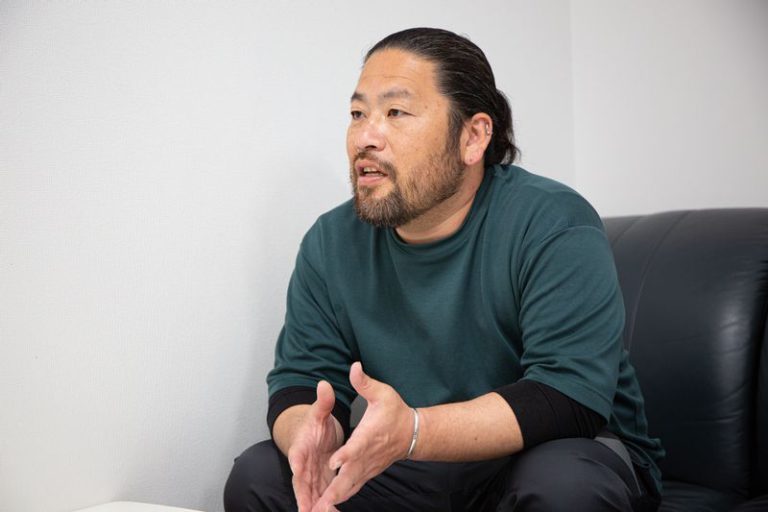
Yoshio tells us, “I believe that the value of food doesn’t come down to the taste alone. Let’s take funazushi, for example. It is a dish that I have known for a long time. I remember it being served during large gatherings and how I always tried eating it despite not liking its taste as a child. With this in mind, I work on developing new products that can be enjoyed for something more than just their taste. And if they benefit the fishing industry and society, then that’s even better. The traveling merchants from the province of Omi (now Shiga Prefecture), who lived in the Edo Period (1603–1867), shared the philosophy of “three-way satisfaction.” Like them, I believe that, in addition to the seller and the buyer, the business should satisfy society in general.”
In collaboration with Kyoto’s Ryukoku University, Yoshio is currently developing a “funazushi-making kit.” This idea is an attempt to transmit funazushi to the future by going back to its roots, where people originally used to pickle single fish at home. Yoshio Fermented Foods goes beyond the philosophy of “three-way satisfaction” and works to reduce food loss, protect fishermen, convey the traditions of Shiga, and satisfy people’s palates with delicious food. We are looking forward to seeing how this project evolves.

